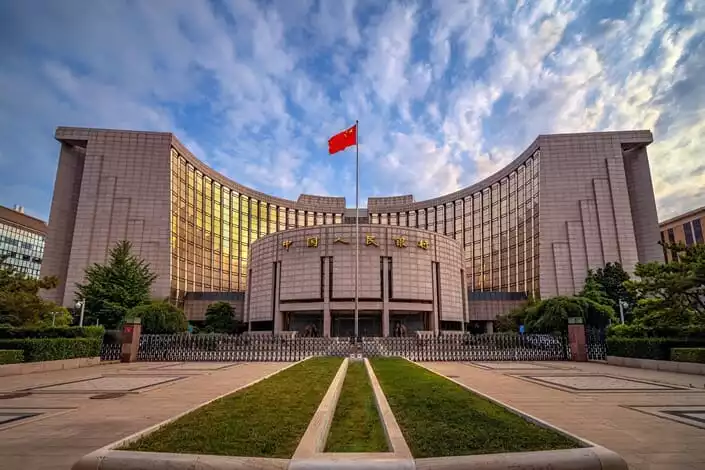China’s Central Bank Unveils 500 Billion Yuan Swap Facility to Bolster Struggling Stock Market
In a strategic move aimed at fortifying its beleaguered stock market, the People’s Bank of China (PBOC) announced the introduction of a 500 billion yuan ($71.2 billion) swap facility set to invigorate capital markets and rejuvenate waning investor confidence. This initiative, unveiled on October 10, 2024, represents a pivotal shift in the PBOC’s approach, expanding access to liquidity beyond the traditional banking sector to include securities firms, fund companies, and insurance companies.
Context: Pressures Mount on China’s Stock Market
China’s stock market has been under strain due to a confluence of economic challenges. The Shanghai Composite Index has plummeted over 30% since reaching its zenith in 2021, culminating in its lowest levels by September 2024. Among the factors contributing to this downturn are a faltering property sector and sluggish overall economic growth. Moreover, a significant jolt occurred on October 9, 2024, when the CSI 300 index suffered a staggering 7.05% drop, its most severe single-day decline since February 2020.
The timing of the PBOC’s swap facility is critical as it aims to mitigate the tumult in China’s equity markets, magnified by a recent dramatic fall that abruptly ended a brief period of optimism fueled by governmental stimulus efforts.
Details of the Swap Facility
Under the new swap facility, eligible market participants can use a range of assets—such as bonds, stock exchange-traded funds (ETFs), and CSI 300 index shares—as collateral to obtain high-quality liquid assets from the central bank. In exchange, participants will receive government bonds and central bank bills, which are highly liquid and stable. The allocation of these funds must be exclusively directed towards stock market investments, aligning with the PBOC’s goal to stabilize equity markets.
The introduction of this facility signifies a departure from previous policies where liquidity access was predominantly reserved for banks. By directly targeting capital markets, the PBOC underscores its commitment to safeguarding financial stability and boosting investor morale.
Future Prospects and Additional Measures
Pan Gongsheng, the PBOC Governor, has signaled the potential for the facility to expand significantly, with possible increases to 1 trillion yuan ($142.4 billion) or even 1.5 trillion yuan ($213.6 billion) if circumstances necessitate. This flexibility underscores the bank’s readiness to adapt to evolving market needs.
Complementing this initiative, the PBOC has also rolled out a 300 billion yuan ($42.7 billion) relending program aimed at supporting stock buybacks and increasing shareholdings. These efforts form part of a broader strategy to stabilize the financial landscape and catalyze economic growth.
However, some experts view these measures as temporary remedies, emphasizing the need for more comprehensive fiscal interventions to address underlying economic weaknesses. Despite this, the PBOC maintains that the swap facility represents a support mechanism, not direct market intervention.
In this evolving economic context, the effectiveness of the PBOC’s innovative strategies will be closely watched, as policymakers strive to navigate China’s complex financial landscape toward sustained recovery and growth.
For more details on the initiatives and operations of the People’s Bank of China, visit their official website.
